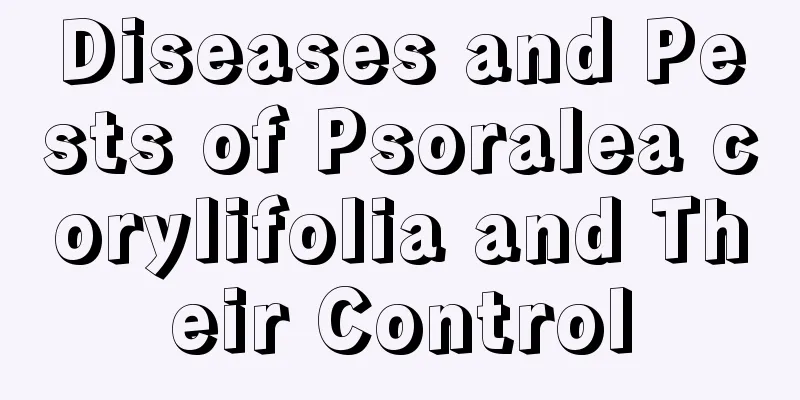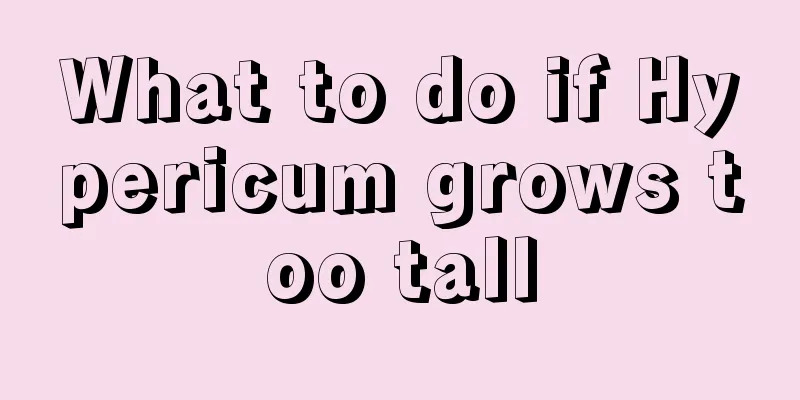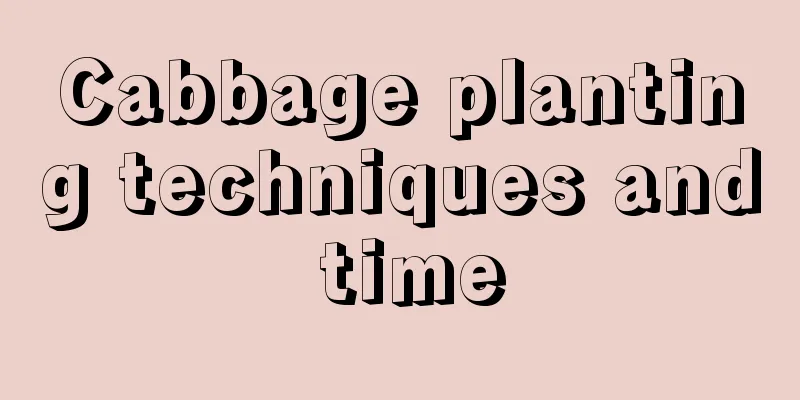Diseases and Pests of Psoralea corylifolia and Their Control

Main pests and diseasesAlthough the Jinhuangxing is very tenacious, it is powerless against pests, especially natural enemies such as the black weevil. The black weevil is a type of what we commonly call "weevils". Mainly classified by color differences. More than 1,200 species have been found in China alone, and as the name suggests, the biggest feature of this insect is its mainly black appearance. Young gummy worms can seriously affect the growth of the plants by destroying their flower heads and seeds. The adult black weevils are even more harmful. They are capable of doing anything evil, even destroying the stems and roots of plants. Solution1. Artificial control. The artificial placement method means that when the adult black weevils have not yet fully grown and are still growing wings, the insects at this stage can be knocked off the trees in the early morning while the dew on the trees or plants has not dried yet. Because black weevils can feign death, they will remain motionless when stimulated, which is the best time to kill them. 2. Physical prevention. Physical control refers to the use of long-lasting insecticides to kill pests, or even poison them, shortly after they have grown into adults but have not yet begun to harm plants. 3. Chemical control. Because the black weevil spends some time underground when it grows. This method is to use this time to combine insecticides and tillage to completely eliminate them. Main diseasesCommon diseases of the genus Artemisia are leaf spot and rust. The main method of prevention and control is spraying pesticides, and the drug "Xiaofan" can be used for prevention and control. PrecautionsThe cultivation of this plant is very simple. Since the flowering period of the gentian is in autumn and winter every year, the cold resistance of this type of plant is much stronger than other similar plants. When cultivating the genus Artemisia, you just need to pay a little attention, especially in winter, not to water it too much, which will cause the plant to grow too tall. You don't need to repot too often. You can just repot in early spring after the flowering season every year. |
<<: Disease and Pest Control of Anthurium
>>: Diseases and Pests of Climbing Roses and Their Control
Recommend
How to care for newly bought pine red plum
1. Soil The soil requirements of pine red plum ar...
What crops are suitable to grow during the Dragon Boat Festival?
What crops are suitable to grow during the Dragon...
How to grow money string fast
1. Proper lighting Money tree loves sunlight very...
What trees have magical powers?
1. Mimosa Mimosa is quite common in our life and ...
How to grow spring orchids to bloom (how to care for orchids to bloom every year)
Remove weak and retain strong to promote flower b...
How to cultivate Milan flowers to grow well
Milan flower growing conditions Milan prefers a w...
Hops Disease and Pest Control
Downy Mildew This disease basically occurs under ...
When should beetroot be sown?
Red cabbage moss , also known as purple cabbage m...
What kind of fertilizer is good for sesame base fertilizer (base fertilizer application method)
Sesame base fertilizer effect When sesame is grow...
Learn how to pinch and top the flowers, and you can plant any flower to bloom
The role of pinching Pinching is actually topping...
Purple pearl cultivation methods and precautions
Purple Pearl is a succulent plant that is relativ...
How many years does it take for kiwifruit to bear fruit?
Introduction to Kiwifruit Planting Kiwi fruit is ...
The difference between cat's claw and cat's whiskers
1. Differences in plants Cat's claw is an ann...
Planting technology and management of tangerine
1. Planting technology The best time to plant sug...
Diseases and prevention methods of passion fruit
Passion fruit diseases: root rot symptom Also kno...









